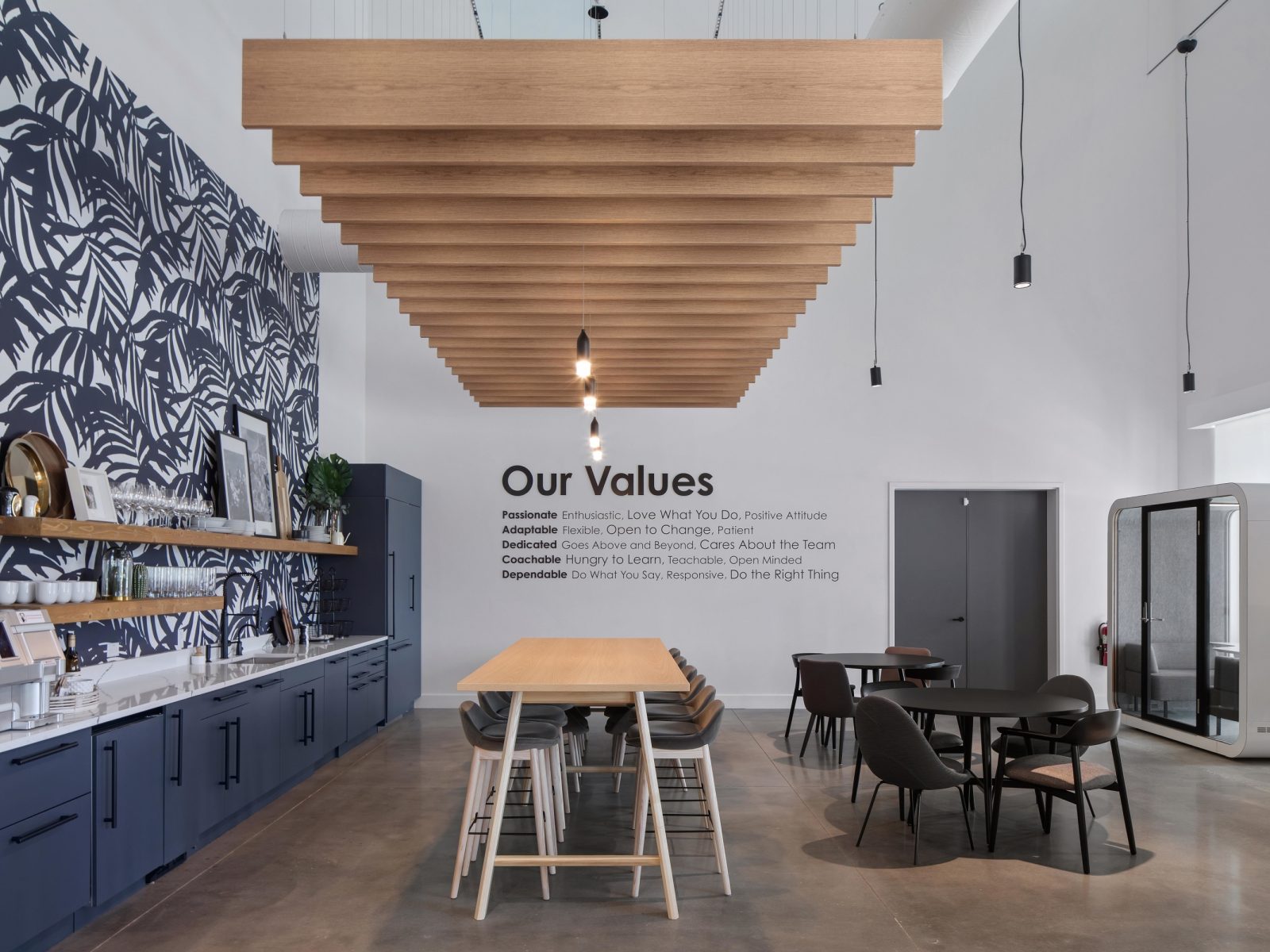What is Quiet-Quitting?
Quiet quitting may just be a new name for a very old problem, disengagement from work. Half of employees are "not engaged" at work and another 18 percent are "actively disengaged," surveys have shown.

While this workplace trend doesn’t have a clear definition, it is known to be the act of completing the bare minimum of tasks and drawing a hard line of pushing those boundaries. Many have described it as employees that aren’t going “above and beyond” for their companies anymore.
Quiet quitting, whether in person or remotely, can manifest as a lack of motivation or engagement at work. Employees may be less attentive and uninvolved in meetings and turn down new assignments, responsibilities, or opportunities for growth. These signs of withdrawal can be a sign that the employee is no longer motivated to work for you or your company. Instead of leaving the company, these employees stop going the extra mile and only do what is required of them.
There are many differing opinions about quiet quitting, some believe these employees are slackers, some say quiet quitting is a rebuke of “hustle culture” and some may justify this to maintain a strict work-life balance. Gallup poll found that that about half of U.S. workers are “quiet quitters,” and in another poll of HR profem effects.
What Can You Do?
Many organizations have either attempted or mandated back-to-office protocols post pandemic, but many of us still work in environments with minimal or reduced face-to-face interaction. This lack of in person interaction has made it difficult for executives and managers to detect quiet quitting in virtual calls and emails. Employees may have less face-to-face conversations with managers and other colleagues, making it harder to commit to and feel connected to their workplaces.
While the convenience of remote work cannot be ignored, the repercussions of limited interaction result in employees becoming unengaged and disconnected. Many workers do not want to return to an office featuring outdated cubicles when they have been working from the comfort of their own homes. While there are many factors of why people are hesitant to return to the office, creating a desirable space that focuses on collaboration and comfort can be extremely valuable today.
How Workscapes Can Help
Our proven formula is built upon a simple process of discovering how to improve a team’s workflow and designing space for maximum productivity. Our team shares a deep commitment to continual learning resulting in a high level of knowledge and expertise in all aspects of the evolving work environment. Focused on innovation, uncompromising quality, participative management, and environmental stewardship, Workscapes strives to provide a positive customer experience for our clients.
When you work with Workscapes, you get a lot more than furniture—you enjoy a partner who understands and values the importance of people. We understand the foundation of any successful organization is the ability to first listen, and then to understand, communicate, and implement the plan on time and on budget.













